Why the ’90s still hit different
Others are reading now
Why the ’90s Still Hit Different
When pop culture ruled everything

The 1990s marked a cultural explosion that spanned TV, music, film, and fashion. According to Dr. Renee Middlemost from the University of Wollongong, this era produced some of the most influential television and cinema ever made.
From Friends” and “Seinfeld to landmark films like The Matrix and Pulp Fiction, the ’90s shaped how we watch, laugh, and relate to pop culture.
Music that defined a generation
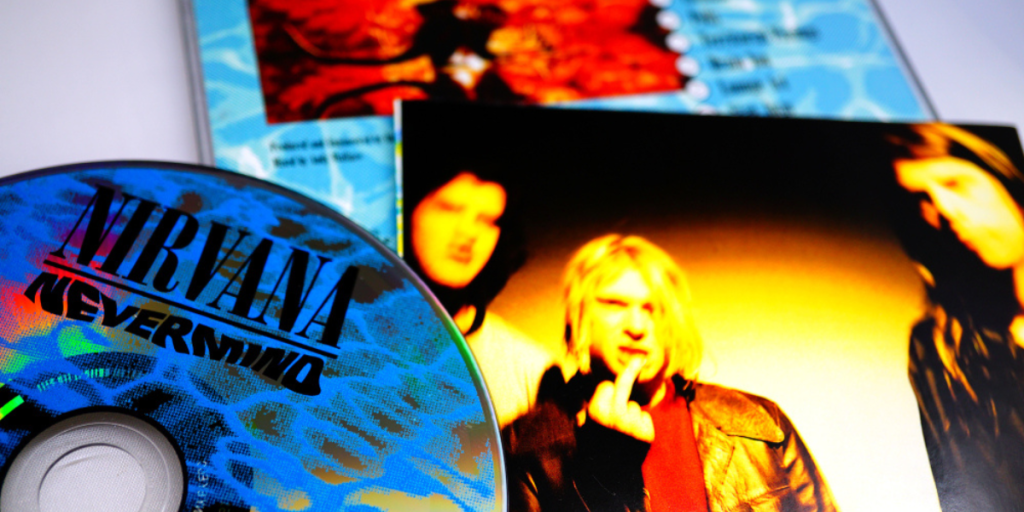
According to The stand Dr. Tim Byron from UOW’s School of Psychology notes that music from the ’90s continues to resonate because it created emotional connections across generations.
Nirvana, TLC, Oasis, and the Spice Girls weren’t just chart-toppers—they captured moods and messages that still feel relevant. The decade also gave rise to alternative and grunge, hip hop’s mainstream breakthrough, and the last great age of MTV.
Also read
Technology before it took over

In the early ’90s, phones were just phones and the internet was barely a rumour. As noted in The Stand article, this was a transitional moment: by the end of the decade, mobile phones and dial-up internet had entered mainstream life, but hadn’t yet consumed it.
It was the last time people truly experienced life unplugged—and that’s part of its magic.
Style that keeps coming back

From high-waisted jeans to flannel shirts and mini backpacks, ’90s fashion was bold, personal, and effortlessly cool.
According to The Stand, even accessories like cassette players and dumbphones are now making comebacks, driven by a longing for simplicity and originality. The decade’s aesthetic is constantly being recycled—and for good reason.
The birth of binge culture
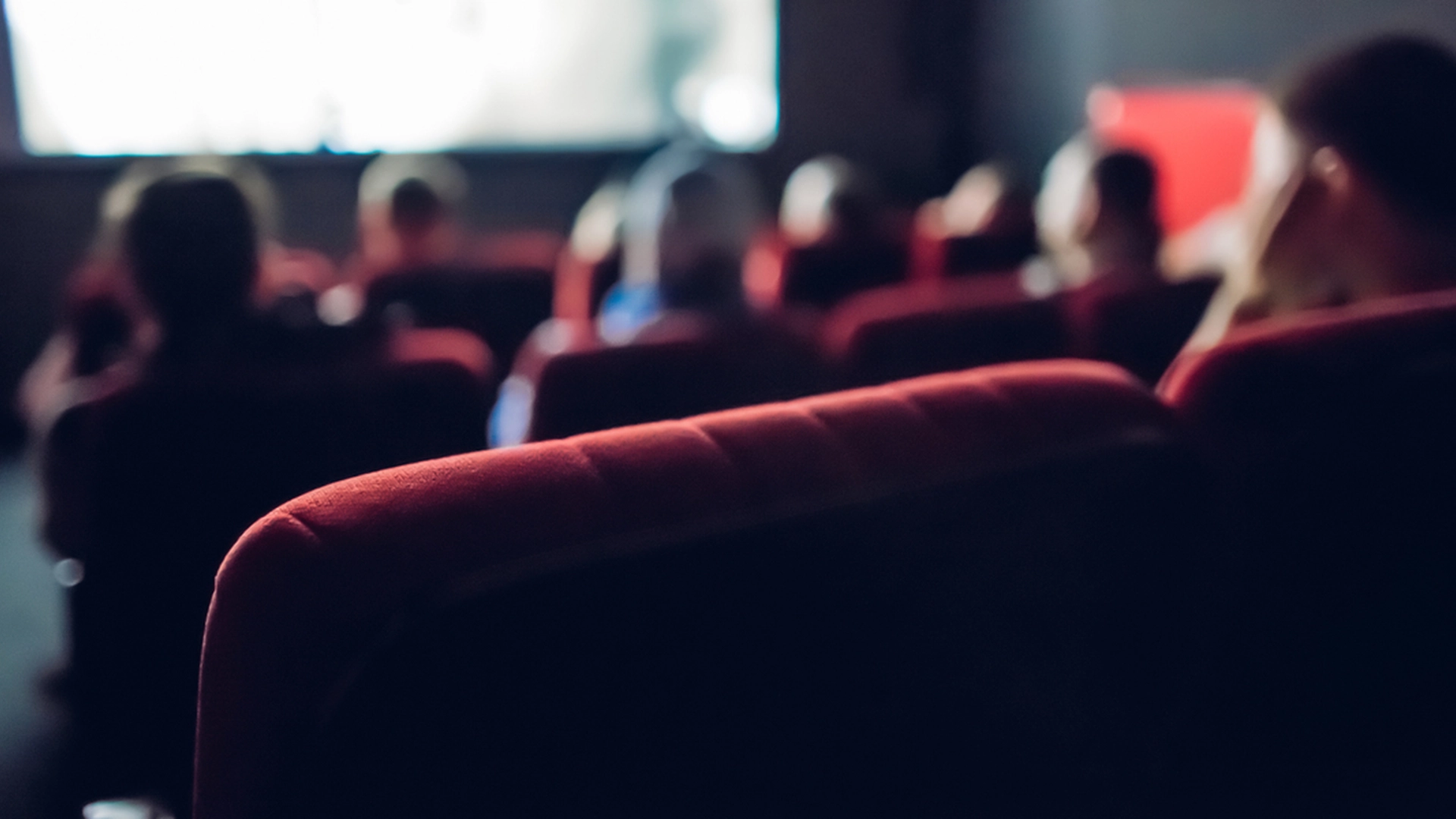
The 1990s changed how we watched TV. According to Dr. Middlemost, shows like Friends and Buffy the Vampire Slayer didn’t just entertain; they created communities.
Also read
Streaming didn’t exist yet, but weekly episodes, VHS box sets, and early DVD collections paved the way for today’s binge-watching culture. It was the dawn of appointment TV with lasting emotional impact.
A simpler kind of social life
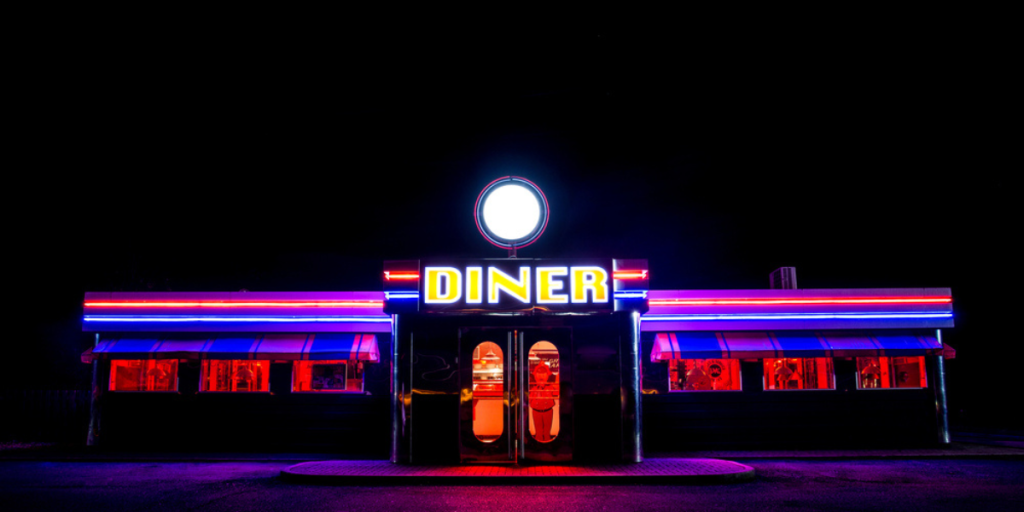
Social media didn’t exist, and that meant friendships happened face-to-face. meeting friends at the local theatre or mall was the norm, not scrolling through curated feeds.
The best year in film?
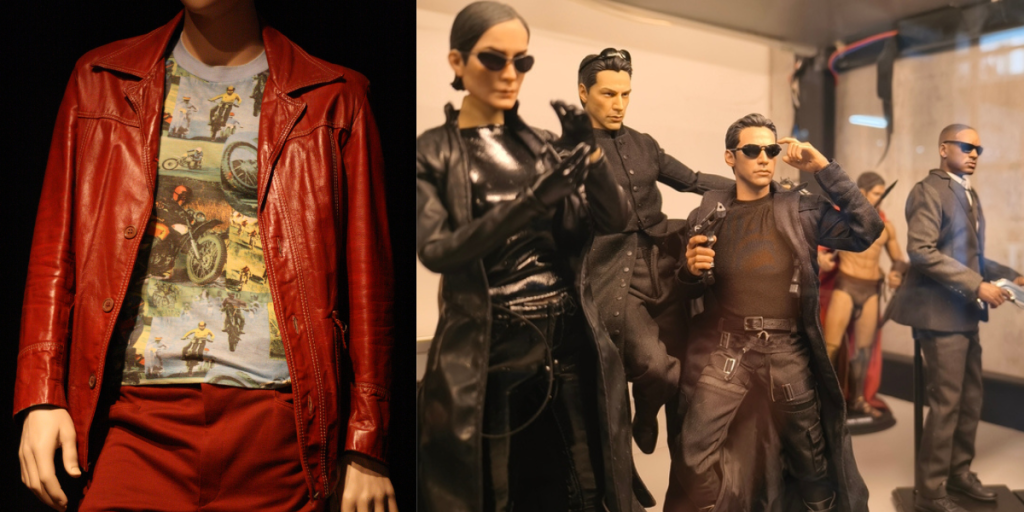
Many critics have called 1999 one of the greatest years in cinema history, as noted by The Stand. Films like The Matrix, Fight Club, and American Beauty challenged conventions and explored themes that continue to resonate.
It was a fitting finale to a decade of cinematic innovation.
The music never left
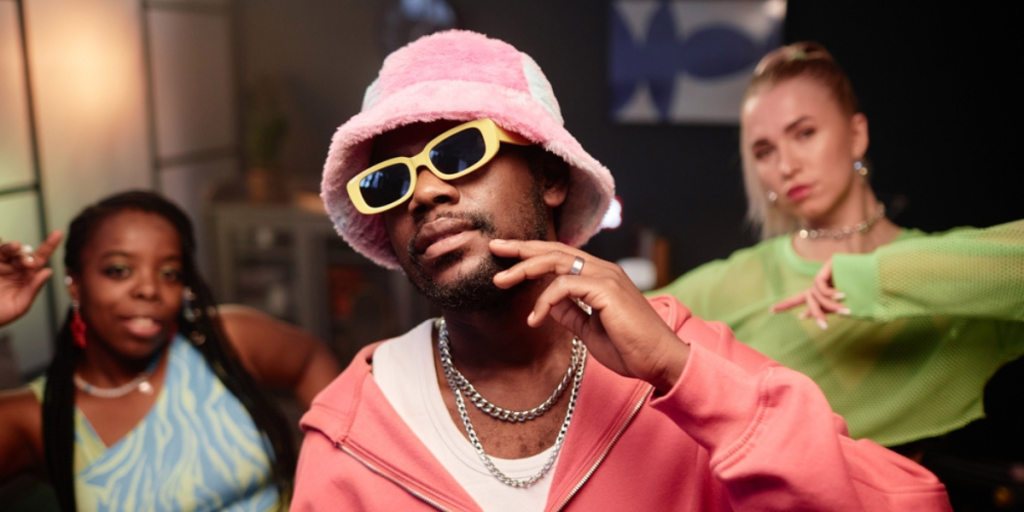
Streaming services like Spotify have made it easier than ever to revisit the ’90s. As Dr. Byron The Stand notes, accessibility has changed everything: young listeners are now discovering ’90s hits alongside their parents and even grandparents.
Also read
It’s proof that the music of that decade transcends age and continues to shape identity.
What we’ve learned from the ’90s revival
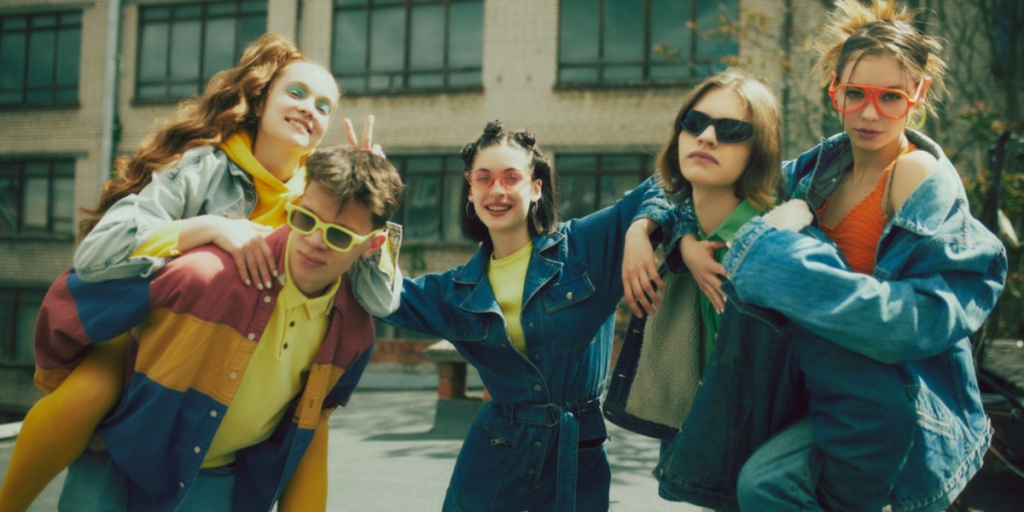
Looking back, it’s clear that the 1990s weren’t just another decade—they were a cultural milestone.
From timeless TV to genre-defining music and real-world connection, the decade left an imprint that newer generations keep returning to. It wasn’t perfect, but it was powerful—and it still inspires.
Why the ’90s still shine
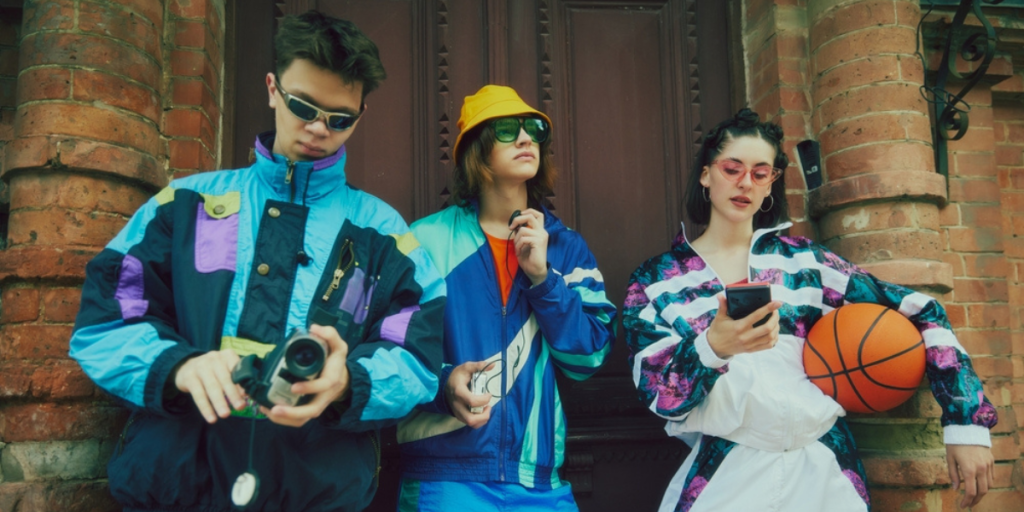
The 1990s blended analog and digital, rebellion and optimism, simplicity and style. It was a time before hyper-connectivity, when culture spread through word of mouth and shared moments.
That spirit lives on today—not just in trends, but in how we remember, remix, and relive the best of what came before.


